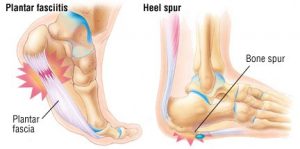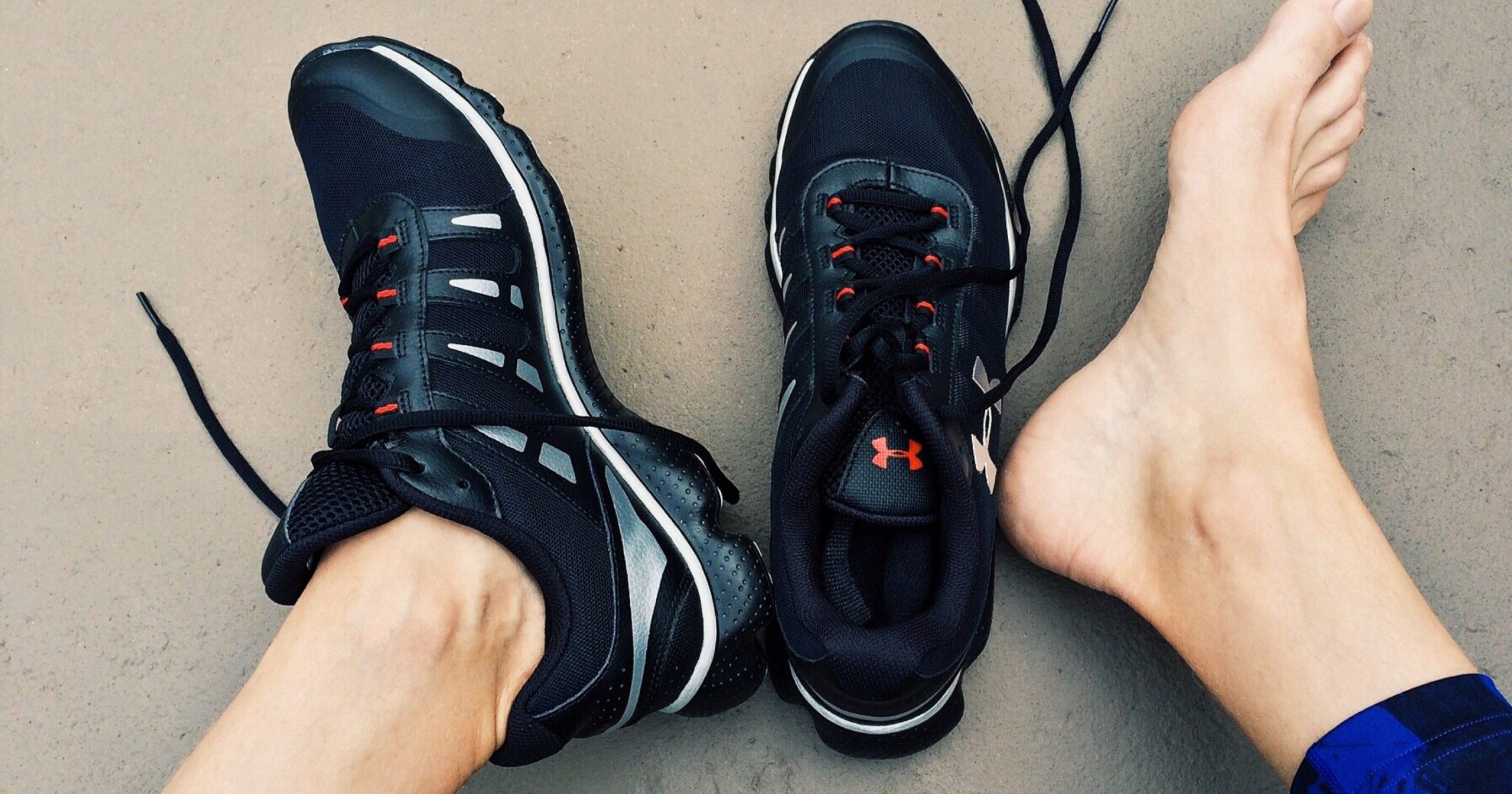Dr. Phil Shares: Solutions For Heel Pain
The most common cause of heel or arch pain is actually caused by a painful stretching or micro-tearing of the plantar fascia.
Plantar fasciitis is a painful inflammation of the plantar fascia, a fibrous band of tissue on the sole of the foot that helps to support the arch. Plantar fasciitis occurs when the plantar fascia is overloaded or overstretched. This causes small tears in the fibres of the fascia, especially where the fascia meets the heel bone.
Plantar fasciitis commonly causes intense heel pain along the bottom of the foot usually when you take the first few steps in the morning. This heel pain often goes away once you have been walking around but can return intermittently throughout the day.
Normally the fascia is flexible and strong however, due to factors such as abnormal stress, excessive weight, age, or improper foot support, the fascia can become weakened, irritated or inflamed.
Plantar fasciitis may develop in just about anyone. You also can trigger plantar fasciitis by wearing worn out or poorly constructed shoes. In athletes, plantar fasciitis may follow a period of intense training, especially in runners who push themselves to run longer distances. People with flat feet have a higher risk of developing plantar fasciitis.

In addition to plantar fasciitis, after many years, a heel spur may develop on the bottom of the calcaneus. A heel spur is an abnormal growth of bone at the area where the plantar fascia attaches to the heel bone. Heel spurs are visible on a lateral view x-ray of the foot.
Heel spurs appear to cause pain and tenderness on the undersurface of the heel that worsens over several months. The onset is gradual, yet most patients report the pain during the first steps in the morning, or after extended resting periods during the day. Many people do not experience any symptoms. As in plantar fasciitis, shoes that are worn out, poorly fitting or poorly constructed can aggravate the problem.
Treatment
Treatment of heel pain really depends on its cause. We suggest that you make an appointment if you have significant heel pain that does not improve within a few days so that it can be diagnosed and provide treatment recommendations for your specific area of concern.
- Plantar Fasciitis and Calcaneal Heel Spurs, when treated early are usually controlled with conservative or non-surgical treatment.
- If your heel pain is related to a specific sport or exercise regimen, a period of rest may bring relief.
- An orthotic should be used to stabilize the foot.
- The role of the orthotic in these conditions is to prevent excess pronation and rapid excessive lengthening of the plantar fascia. The orthotic control limits the micro-tearing of the plantar fascia, thereby decreasing the pain.
- Mild stretching exercises are also helpful.
- Once your heel is pain-free, you may need to modify your training program to prevent your pain from returning.
Most heel pain goes away in a short period of time after treatment.
Feel Better – Function Better, with Dr. Phil

